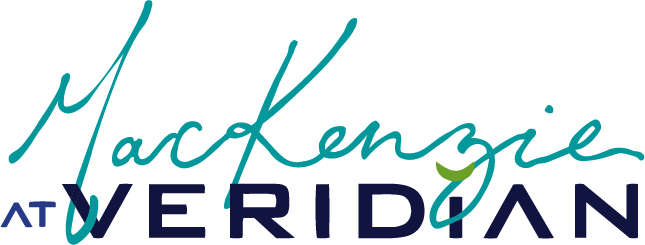The #1 Reason Exhibit Branding Projects Fall Behind (and How to Fix It)
Most people think exhibit branding projects fall behind because teams start too late. The truth? Museums usually bring design partners in early — sometimes a year or two before the public ever sees the exhibition.
So why do things still get delayed?
The real culprit is everything that happens after the kickoff: approvals, photography, color accuracy, and production details. Those steps take time, and when they’re rushed, the entire exhibit experience can suffer.
The Hidden Bottleneck: Approvals and Photography
Museums often know what they want and have budgets approved for major exhibits. But two things almost always slow the process down:
Board approvals that take multiple rounds before anything can move forward.
Museum-quality photography and color correction of every artwork.
Photographing and perfecting dozens (sometimes hundreds) of pieces isn’t quick. And once those files reach the design stage, we spend months going back and forth with the museum team and the printer to ensure colors are true. A painting that looks blue on screen but prints green simply isn’t acceptable.
This isn’t a “nice to have” detail — it’s the kind of accuracy that protects the integrity of the exhibit itself.
The Cost of Rushing
Print production has its own challenges. Paper prices and specialty techniques change. Press schedules fill up months in advance. If you wait until the last minute, you’re looking at:
Higher costs from rush fees.
Fewer options for paper, finishes, or specialty print effects.
A catalog or collateral piece that feels rushed instead of refined.
And here’s the bottom line: beautiful, resonant design takes time. Cutting corners always shows.
Why Donor Experience Can’t Wait
Your exhibit catalog isn’t just a book — it’s part of the opening night experience. Donors expect to hold something tangible that reflects the caliber of the exhibit they’ve supported.
When the catalog isn’t ready, you miss the moment when donors are most excited and emotionally connected. That’s a missed opportunity not just for recognition, but for building long-term relationships.
Why Internal Teams Need Backup
Most museums have internal design teams. But:
They’re already at capacity with day-to-day projects.
They may not have deep print production experience.
They can’t always manage the time-intensive back-and-forth of catalogs, press checks, and specialty printing.
That’s where a dedicated design partner makes all the difference. Someone who knows the process, has the expertise, and the capacity to ensure nothing falls through the cracks.
The Real Fix: Start Early and Stay Supported
Starting early isn’t just about having more time. It’s about giving yourself space for:
Human, thoughtful touches that make your exhibit materials resonate.
Full alignment between stories, photography, donors, and board approvals.
Careful press checks and production oversight so everything prints exactly as intended.
And most importantly — peace of mind.
Where IMPACT Comes In
With our IMPACT system, we don’t just design collateral. We take time to understand your exhibit, your donors, and your audience. Then we handle the details that can otherwise derail a project: timelines, print checks, approvals, and production.
We even created the Exhibit Prep Kit, a free interactive tool that helps you clarify your deadlines, understand what you need designed, and map out your complete timeline before the work begins.
The result? Catalogs and branding that:
Resonate with visitors.
Impress donors on opening night.
Preserve the legacy of your exhibit for years to come.
All without the stress of wondering if things will be ready in time.
Beautiful things take time. With the right partner, you don’t have to carry that weight alone. Download the Exhibit Prep Kit to map your exhibit timeline — and see how much relief comes from having expert support in your corner.
Want to explore how branding can elevate your next exhibit?
Download the free Exhibit Prep Kit for a step-by-step roadmap for stress free donor-ready exhibits
✔ Clarify your exhibit’s purpose, audience, and emotional tone
✔ Align your internal team so decisions don’t get bottlenecked
✔ Map out the design pieces you’ll need (and when!)

